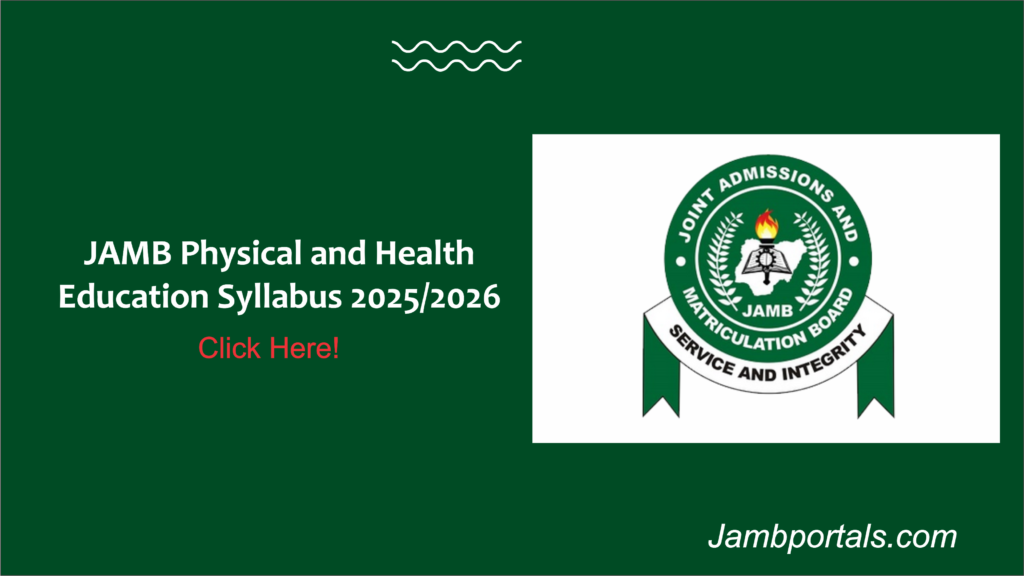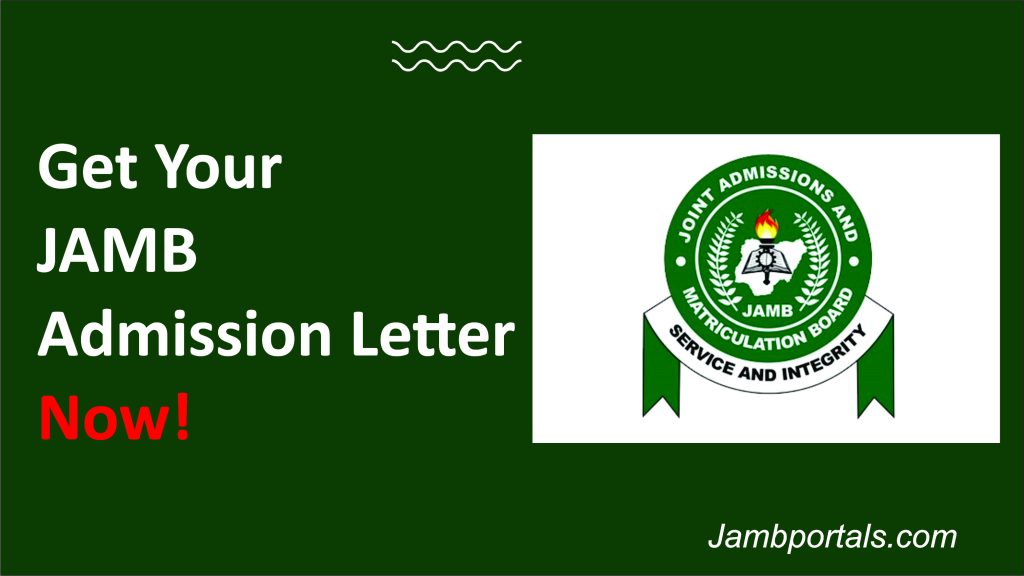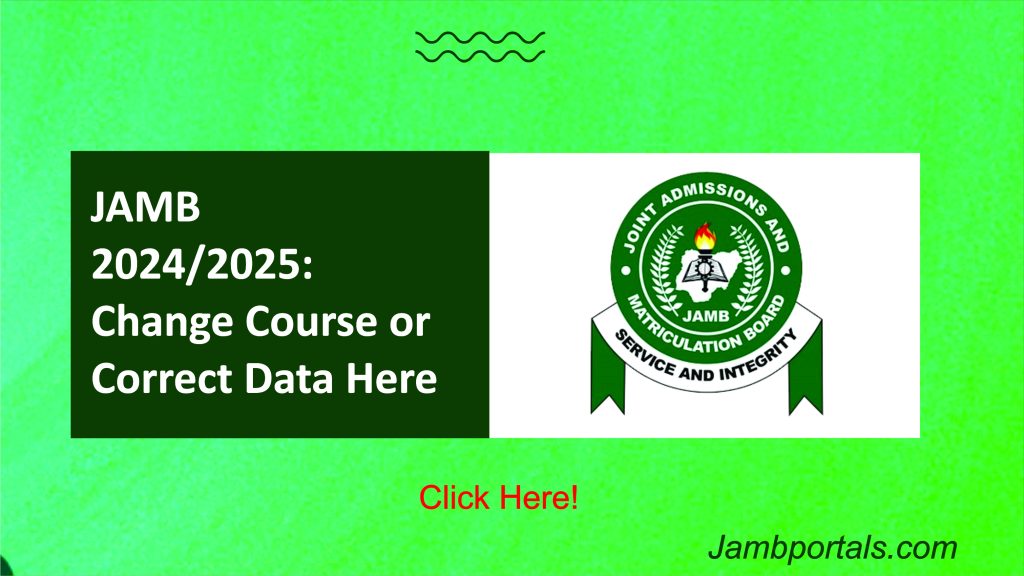
The JAMB 2025/2026 syllabus for Literature in English is now officially out. Are you writing Literature for the forthcoming Unified Tertiary Matriculation Examination as one of your subject combinations? Find and download what is expected to be asked in the examination on this page.
| Examination Type | UTME / Direct Entry |
| Examination Year | 2025/2026 |
| Syllabus | Literature-in-English |
| File Format | |
| File Size | 90KB |
The JAMB syllabus for Literature in English provides an outline of the topics and subtopics that will be covered in the examination. This syllabus serves as a guide for students, helping them to know what to expect and plan their studies accordingly. Plus, the syllabus also make provisions for recommended text books to read.
General Objectives
By the end of your preparation through the syllabus, you should be able to:
- Stimulate and sustain their interest in Literature in English
- Create an awareness of the general principles of Literature and the functions of language
- Appreciate literary works of all genres and across all cultures
- Apply the knowledge of Literature in English to the understanding of cultural literature, political and economic activities in the society
Also Read: Free Download of the JAMB 2025/2026 Syllabus PDF: Syllabus System (IBASS)
JAMB Syllabus for Literature-in-English
| TOPICS/CONTENTS/NOTES | OBJECTIVES |
|---|---|
| 1. DRAMA a. Types: i. Tragedy ii. Comedy iii. Tragicomedy iv. Melodrama v. Farce vi. Opera etc. b. Dramatic Techniques i. Characterisation ii. Dialogue iii. Flashback iv. Mime v. Costume vi. Music/Dance vii. Décor/scenery viii. Acts/Scenes ix. Soliloquy/aside x. Figures of Speech.. c. Interpretation of the Prescribed Texts i. Theme ii. Plot iii. Socio-political context iv. Setting | Candidates should be able to: a.i. identify the various types of drama; a.ii. analyse the contents of the various types of drama; a.iii. compare and contrast the features of different types of drama. b.i. demonstrate adequate knowledge of dramatic techniques and stage directions used in each prescribed text; b.ii. differentiate between styles of selected playwrights; c.i determine the theme of any prescribed text; c.ii. identify the plot of the play; c.iii. apply the lessons of the play to social reality. c.iv. identify the spatial setting and temporal period of the play. |
| 2. PROSE a. Types: Prose fiction i. Fiction – Novel – Novella/Novelette – Short story ii. Non-fiction – Biography – Autobiography – Memoir iii. Faction: combination of fact and fiction b. Narrative Techniques/Devices: i. Point of view – Omniscient – First Person – Second person – Third person – Stream of consciousness – Epiphany ii. Characterisation – Round, flat, foil, hero, antihero villain, heroine. etc iii. Language c. Textual Analysis i. Theme ii. Plot iii. Setting (Temporal/Spatial) iv. Socio-political context | Candidates should be able to: a.i. differentiate between types of novel. a.ii. identify the category that each prescribed text belongs to; a.iii. analyse the components of each type of prose; a.iv. identify the balance of facts and fiction in literary faction. b.i. identify the narrative techniques used in each of the prescribed texts; b.ii. determine an author’s narrative style; b.iii. distinguish between one type of character from another; b.iv. Grammar, diction and clarity of expression. c.i. determine the thematic pre-occupation of the prescribed text; c.ii. indicate the plot of the novel; c.iii. identify the setting and period/timing of the novel. c.iv. relate the prescribed text to social reality. |
| 3. POETRY a. Types: i. Sonnet ii. Ode iii. Lyrics iv. Elegy v. Ballad vi. Panegyric vii. Epic viii. Blank Verse, etc. b. Poetic devices i. Imagery ii. Sound (Rhyme/Rhythm, repetition, pun, onomatopoeia, etc.) iii. Diction iv. Persona c. Appreciation i. Thematic preoccupation ii. Socio-political relevance iii. Style. | Candidates should be able to: a.i. identify different types of poetry; a.ii. identify the distinctive features of the poetic types. b.i. determine the devices used by various poets; b.ii. show how poetic devices are used for aesthetic effect in each poem; b.iii. identify the figure of speech in the texts. b.iv. Show how poetic devices convey message and meaning. c.i. Deduce the poet’s thematic preoccupation from the poem; c.ii. appraise poetry as an art with moral values; c.iii. apply the lessons from the poem to social reality |
| 4. GENERAL LITERARY PRINCIPLES a. Literary terms: foreshadowing, suspense, theatre, monologue, dialogue, soliloquy, symbolism, protagonist, antagonist, figures of speech, satire, stream of consciousness, synecdoche, metonymy, etc, in addition to those listed above under the different genres. | Candidates should be able to: a.i. identify literary terms that are specific to drama, prose and poetry; a.ii. identify areas of overlap in all the genres e.g. verse in drama and poetry, narration in all the genres. |
| 5. LITERARY APPRECIATION Unseen passages/extracts from Drama, Prose and Poetry. | Candidates should be able to: i. identify literary devices used in a given passage/extract; ii. provide an interpretation of the given passage/extract; iii. relate the extract to true life experiences. |
Download JAMB 2025 Syllabus for Literature in English
Click the button below to download the full 2025 Literature in English syllabus on your smartphone or laptop.
Frequently Asked Questions
Where can I get the latest JAMB Literature in English syllabus?
You can download the latest syllabus on this page or the official JAMB website.


